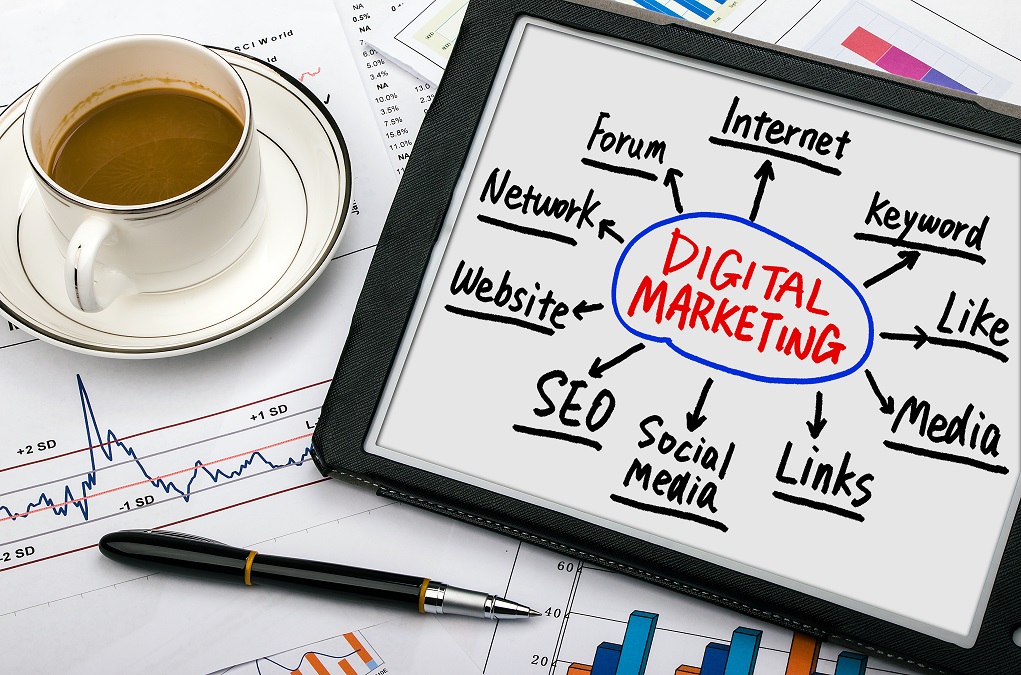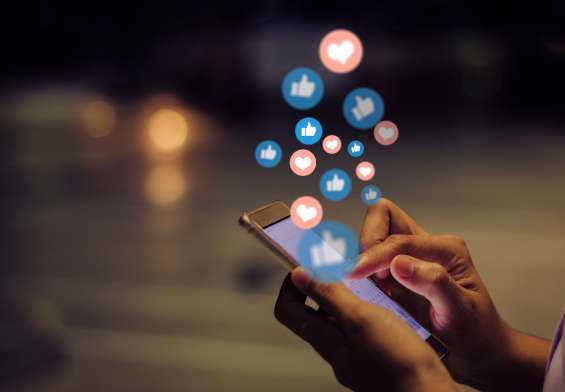Given how much the internet has become a normal part of our daily lives, it might be surprising to learn that the number of people who go online every day is still increasing. Consequently, the way people shop and make purchases keeps evolving. This also means that traditional, offline marketing keeps losing ground to the internet with each passing year. Of course, marketing is still about connecting with your target audience at the right time and place. And nowadays, that means finding them where they spend the bulk of their time: online. As a result, digital marketing has grown by leaps and bounds over the past few years.
If you’re still wondering exactly what digital marketing is, you’re not alone. Essentially, digital marketing refers to any form of marketing that happens online. To clarify things a bit more, we’ve tried to answer a few of the most commonly asked questions about digital marketing.
What Does a Digital Marketer Do?
A digital marketer tries to increase brand awareness and generate strong leads through digital channels. These channels include everything from social media to email to search engine rankings, display advertising, company websites, blogs and more.
In addition, a digital marketer is also responsible for using measurable statistics such as analytics to spot weaknesses and identify areas for improvement across the various channels. Digital marketers may oversee all aspects of a company’s digital strategy or focus on just one.
What are the Main Types of Digital Media?
In addition to the different marketing channels such as social media or email or banner advertising, it also helps to know about the different types of digital media that brands use within these channels. Each one of them presents another opportunity for a company to engage with its target audience.
- Earned Media – earned media concerns any media a brand or company receives through online “word of mouth” activity. It is what companies refer to when they speak about organic traffic, usually generated indirectly through things like social media or blog posts. Companies often spend a great deal of time to create more organic traffic to rank higher on Google results pages in a process known as Search Engine Optimization (SEO).
- Owned Media – refers to media that a company owns permanently. In other words, these are the channels to which a brand has the exclusive rights to create content regarding its products and services such as its website, company blog, social media pages, and anything else a company controls with its name.
- Paid Media – this refers to any media in which a company must pay to appear. It is the most popular form of digital media because it can generate an immediate return on investment. The main types of paid media are Google Ads, social media ads, and ads on other portals.
How Does Digital Marketing Fit into the Marketing Landscape?
Although traditional marketing isn’t about to die out anytime soon, digital marketing enjoys the advantage of reaching its target audience through multiple methods such as email, video, and social media to name a few. Indeed, digital media has changed the marketing landscape so much that customers now expect and even rely on it to get information about different brands.
Moreover, the multi-layered approach of digital marketing affords businesses the chance to experiment with different tactics regardless of their budget. Brands can also use things like analytics to gauge the success of their efforts more accurately than with traditional content like print ads or billboards. Not only has digital marketing become a necessary part of every brand’s marketing strategy, it is poised to lead the field as we go deeper into the twenty-first century.





